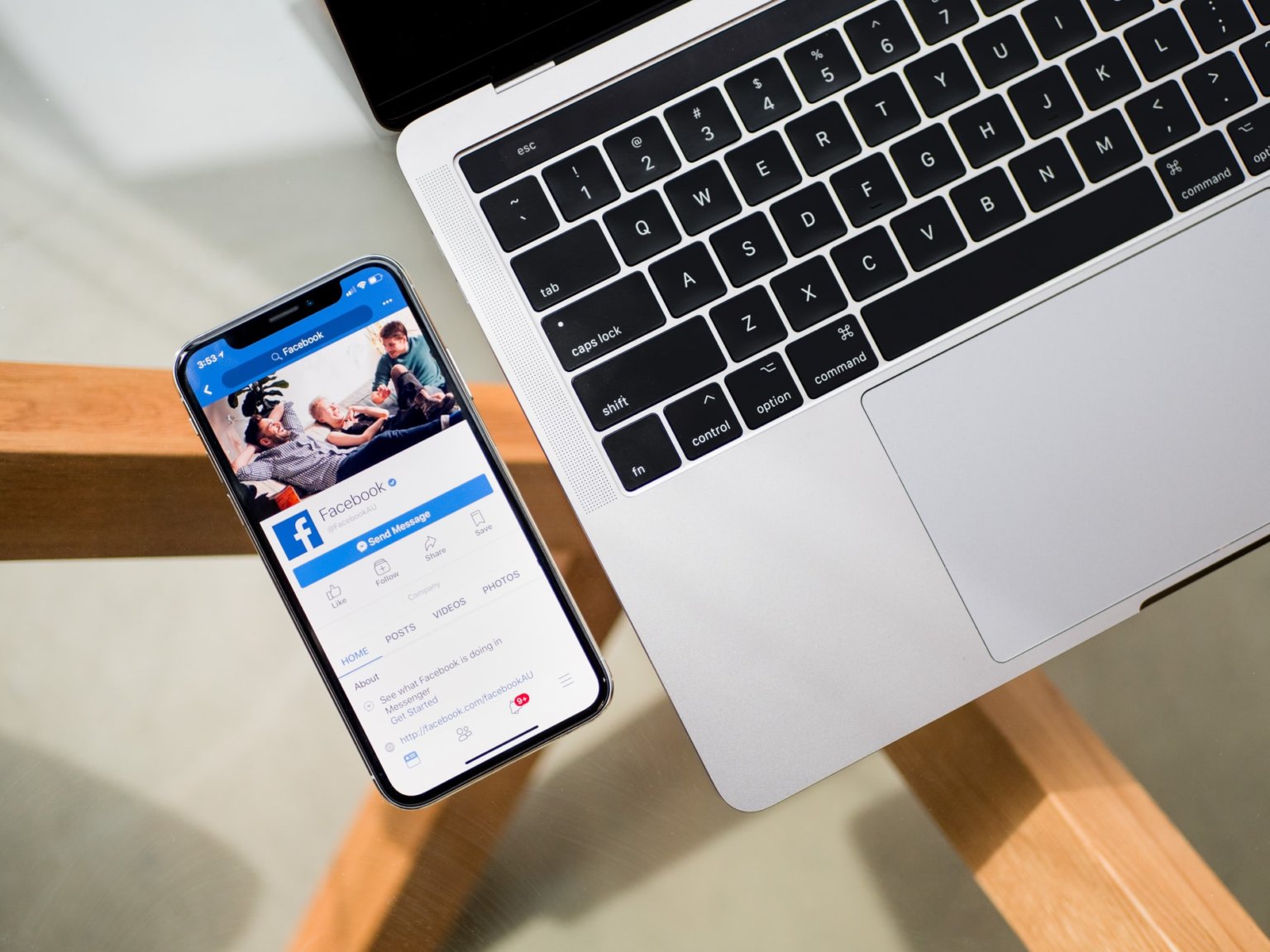Updated on October 3, 2024 | 2 minute read | Olivia MacCunn
Home > Resources > How to use Facebook Ads with Google Ads: 3 key strategies
For many existing digital retailers – as well as those adapting their brick-and-mortar businesses to an ecommerce environment – Facebook Ads and Google Ads are both unparalleled platforms for driving purchase-ready traffic to your website.
Wondering if Facebook Ads are better than Google Ads? Our previous article explores the differences between the platforms, as well as the advantages each channel offers as part of your Shopping strategy.
Worry not – you don’t have to choose one or the other: in fact, Google Ads and Facebook Ads can be used together in your broader ecommerce approach. Let’s look at three different strategies you could apply to your business.
Paid social – in this case, using Facebook – is a term referring to the use of social media platforms to display your advertisements. Paid search, on the other hand, relates to ads served within a search engine results page (SERP) such as Google Ads.
Paid social is a fantastic way to build brand awareness, particularly using Facebook’s demographic feature, “Lookalike Audiences”. Using this invaluable asset, along with Facebook’s existing wealth of user data, allows you to target existing and potential customers.
Research shows that paid social campaigns using Facebook generated a 34% increase in branded search queries on Google. It’s not uncommon for users exposed to your Facebook ad to pop over to Google to search for your brand, driving organic traffic and saving money on those paid clicks. What’s more, you can then remarket to the user once they’ve visited and interacted with your website.
Make sure to bid for your brand name as a keyword in your PPC campaigns: this may seem a costly and unnecessary expense, but you can be sure your competitors are advertising on Google with your brand name as a keyword to catch your traffic.
Read more about using a PPC agency for Shopping ads
This strategy is a great way to warm up your cold audiences with brand exposure, with follow up Google Ads campaigns to move them through the sales funnel.

Not sure which Shopping management option is best for your business? Read our Google Shopping management guide here.
Google Analytics provides insights into the demographics viewing and interacting with your Shopping ads, and completing those sales on your website. This data is not only significant in your Google Shopping management but it can also be repurposed for your audience targeting on Facebook Ads.
The following data brackets can help you fine-tune your paid media strategy:
Targeting consumers who have already interacted with your website as well as “Lookalike Audiences” enables you to display your ads to the most relevant users, even when they’re not searching for your brand.
Of course, the same technique works in the reverse direction using Facebook’s Lookalike Audiences function.
To target similar potential customers, the best course of action may be to use the data of your ideal customer as a base for your Lookalike Audience. You can use the same data from the Lookalike Audience generated by Facebook on Google to create a wider targeting audience for paid search marketing.
With this expanded wealth of information, your ads can reach a larger, more relevant audience on both Facebook and Google Shopping.
By combining the two platforms, you can strengthen your remarketing campaigns, and boost brand exposure and awareness as well as traffic to your products on Google.
To summarize, Google Ads and Facebook ads can be used in tandem and interchangeably to boost your brand awareness and click-through rates. When structuring your strategy, ensure to take into account the varying purchase intent of users of either platform.
Read this great article on creating Facebook ads by Larry Kim.
Book a demo with one of our Google Shopping specialists today.

